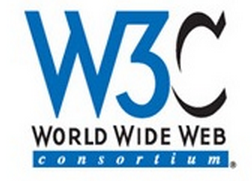Everyone Count’s Electronic Voting System “elect QuadAudit” passed state-level testing in compliance with the VVSG 1.1 standard. This makes elect QuadAudit the first system of its kind to pass the testing against VVSG 1.1 by a certified lab. elect QuadAudit is a complete electronic voting system that includes tablets for voter interaction, local servers for use within voting locations, and a management system for administration and tabulation. The system also complies with applicable accessibility standards.

































